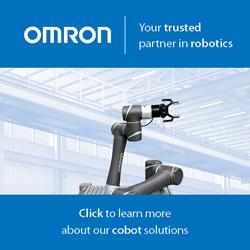CWIEME Berlin 2017: Day 1
CWIEME Berlin - the world's leading exhibition for the transformer and electric motor manufacturing industries - opened its doors to international visitors for three days of networking, presentations and workshops.
On Tuesday 20th June, CWIEME Berlin kicked off with a market overview from Andrew Orbinson, senior analyst at IHS Industrial Automation. IHS expects market uncertainty to continue in Europe for political reasons but foresees growth in North America as tax cuts come into play in 2018.
One area Orbinson touched on in particular is the development of the Internet of Things (IoT) and Industry 4.0. Increasing automation has led to a growing market for sensors, especially those monitoring temperature and vibration that could warn of motor failure, for example. The next step is to connect devices and connect the data. This will require advanced analytics, use of the cloud, open applications and new standards.
"Its going to take some time for widespread take-up. Cyber security is a key challenge but more of a speed bump than a complete roadblock," Orbinson said.
In a recent survey carried out by IHS, cyber security came bottom of respondents priorities in automation. Orbinson expects cyber security to be higher up the list in a few years time.
"IoT and Industry 4.0 is more of an evolution than a revolution," he said.
Featured Product

Discover how human-robot collaboration can take flexibility to new heights!
Humans and robots can now share tasks - and this new partnership is on the verge of revolutionizing the production line. Today's drivers like data-driven services, decreasing product lifetimes and the need for product differentiation are putting flexibility paramount, and no technology is better suited to meet these needs than the Omron TM Series Collaborative Robot. With force feedback, collision detection technology and an intuitive, hand-guided teaching mechanism, the TM Series cobot is designed to work in immediate proximity to a human worker and is easier than ever to train on new tasks.
